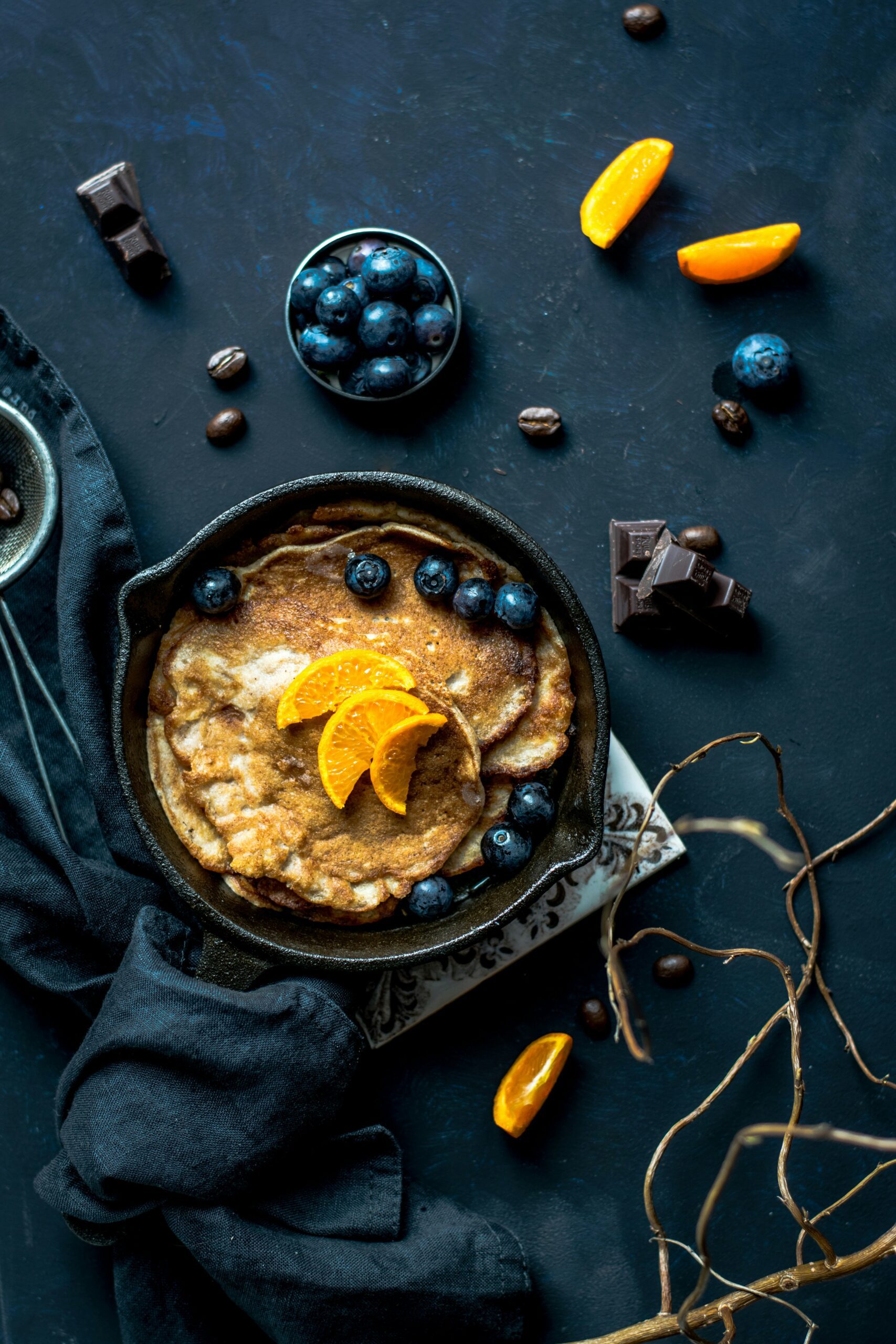

Introduction to the Spice Route
Imagine a world where the aroma of cinnamon, cardamom, and saffron wafts through the air. The Spice Route was more than just trade; it was a journey that transformed palates and cultures alike. Spices were once worth their weight in gold, driving explorers to distant lands in search of flavor and fortune. Today, they continue to shape our culinary landscape.
As we delve into this vibrant tapestry woven by spices from around the globe, we’ll uncover how these tiny treasures have influenced cuisines from India to Italy. Each sprinkle tells a story—a legacy of ancient trade routes filled with rich flavors and diverse traditions. Join me as we explore how these potent ingredients can elevate your cooking and transform everyday meals into extraordinary experiences!
The Impact of Spices on Global Cuisines
Spices have shaped global cuisines in remarkable ways. They transform simple ingredients into complex, flavorful dishes that tell stories of cultures and traditions.
The allure of spices extends beyond taste. They carry historical significance, often linked to trade routes and exploration. The quest for these precious commodities sparked voyages that connected continents.
In Indian cuisine, turmeric provides a warm hue while adding health benefits. In contrast, the vibrant heat of chili peppers defines many Latin American dishes. Each spice has its own journey and impact on cooking styles.
Moreover, spices foster creativity in kitchens worldwide. Chefs experiment with different blends to craft new culinary experiences. This fusion creates exciting flavors inspired by diverse cultural backgrounds.
As we savor these rich tastes, it’s clear: spices are not just ingredients; they are vital threads woven into the fabric of our shared culinary heritage.
Traditional Dishes from Spice-Rich Regions
Each spice-rich region boasts its own culinary treasures. Take Indian cuisine, for instance. Dishes like biryani and masala dosa are vibrant with flavors from cumin, cardamom, and turmeric. These spices don’t just add taste; they tell stories of tradition.
Travel to Morocco, where tagines simmer slowly with fragrant saffron and warm cinnamon. This North African delight offers a perfect blend of sweet and savory, often featuring apricots alongside lamb or chicken.
In Southeast Asia, Thai curries burst with the brightness of lemongrass and the heat of chili peppers. Each bowl is an explosion of color and flavor that reflects the lush landscapes from which these ingredients come.
Mexico showcases its own spice wealth through mole sauces enriched with chocolate, chiles, nuts, and more—creating complex layers in every bite. The cultural significance behind each dish invites you to explore further into the heart of these diverse cuisines.
Modern Adaptations of Classic Spice-Infused Recipes
Modern chefs are reinventing classic spice-infused recipes, breathing new life into age-old traditions. With a creative twist, they blend unexpected flavors and techniques. This fusion creates an exciting dining experience.
Take curry as an example. While traditional curries feature rich spices like cumin and coriander, contemporary variations might include coconut milk infused with lemongrass or even a hint of lime zest for brightness. Each adaptation offers something unique yet familiar.
Another trend is the use of spices in desserts. Cardamom-laced cakes or saffron ice cream showcase how these aromatic ingredients can elevate sweet dishes to gourmet status. It’s all about balance and exploration.
Home cooks aren’t left out either. Many are experimenting by adding spices to everyday meals—think paprika sprinkled on roasted veggies or turmeric blended into smoothies for a health boost. These small changes can have a big impact on flavor profiles while celebrating the global heritage of spices.
How to Incorporate Spices into Your Own Cooking
Start small. Begin by adding a pinch of your favorite spices to everyday meals. Think about flavors you enjoy and experiment with them.
Try blending different spices to create your own signature mix. A combination of cumin, coriander, and paprika can elevate roasted vegetables or meats.
Don’t forget the power of infusing oils. Heat olive oil gently with garlic and rosemary for an aromatic base that enhances any dish.
Use spices in unexpected ways. Sprinkle cinnamon over sweet potatoes or add a dash of turmeric to rice for color and health benefits.
Taste as you go. Adjust spice levels based on personal preference, ensuring each meal reflects your unique palate.
Fresh herbs can also complement dried spices beautifully — think cilantro with chili powder or basil mixed with oregano for Italian dishes. Embrace creativity in every sprinkle!
Conclusion: The Richness and Diversity of the Spice Route
The Spice Route is more than just a historical trade network; it’s a vibrant tapestry of flavors and traditions that continues to shape our culinary experiences today. Spices have traveled across continents, leaving their mark on countless dishes and cultures. Each spice tells a story, bridging gaps between diverse communities through food.
As we explore traditional dishes from spice-rich regions, we discover the unique ways these ingredients are celebrated. From the fragrant curries of India to the bold harissa of North Africa, each region showcases its own distinct palate shaped by geography and history.
Modern adaptations breathe new life into classic recipes. Chefs experiment with spices in innovative ways, crafting fusion dishes that honor tradition while embracing creativity. This evolution keeps global cuisines dynamic and ever-evolving.
Incorporating spices into your own cooking can transform everyday meals into extraordinary experiences. A pinch here or a dash there can elevate flavors beyond imagination. Experimenting with various combinations opens up endless possibilities for home cooks eager to explore this rich heritage.
The journey along the Spice Route reveals not only an array of tastes but also connects us all through shared culinary legacies. Embracing these influences enriches our understanding of food as an art form—a universal language that speaks volumes about culture, history, and connection around the world.
